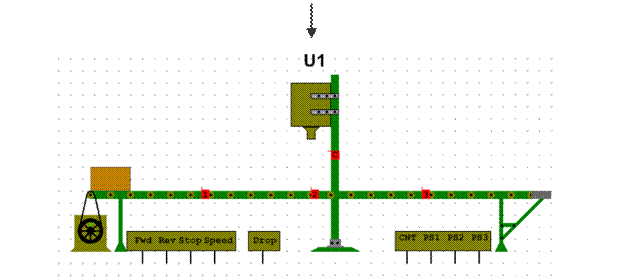THE LANGUAGE OF E-MAIL
(1) E-mail is the simplest and most immediate function of the Internet for many people. Run through a list of questions that new e-mail users ask most and some snappy answers to them. (2) What is electronic mail? Electronic mail, or e-mail as it's normally shortened to, is just a message that is composed, sent and read electronically (hence the name). With regular mail you write out your message (letter, postcard, whatever) and drop it off at the post office. The postal service then delivers the message and the recipient reads it. E-mail operates basically the same-way except that everything happens electronically. You compose your message using e-mail software, send it over the lines that connect the Internet's networks and the recipient uses an e-mail program to read the message. (3) How does e-mail know how to get where it's going? Everybody who's connected to the Internet is assigned a unique e-mail address. In a way, this address is a lot like the address of your house or apartment because it tells everyone else your exact location on the Net. So anyone who wants to send you an e-mail message just tells the e-mail program the appropriate address and runs the Send command. The Internet takes over from there and makes sure the missive arrives safely. (4) What's this netiquette stuff I keep hearing about? The Net is a huge, unwieldy mass with no " powers-that-be" that can dictate content or standards. This is, for the most part, a good thing because it means there's no censorship and no one can wield authority arbitrarily. To prevent this organized chaos from descending into mere anarchy, however, a set of guidelines has been put together over the years. These guidelines are known collectively as netiquette (network etiquette) and they offer suggestions on the correct way to interact with the Internet's denizens. To give you a taste of netiquette, here are some highlights to consider. • Keep your message brief and to the point and make sure you clear up any spelling slips or grammatical gaffes before shipping it out. • Make sure the Subject lines of your message are detailed enough so they explain what your message is all about. Don't SHOUT by writing your missives entirely in uppercase letters. • Don't bother other people by sending them test messages. If you must test a program, send a message to yourself. (5) What's а flame? The vast majority of e-mail correspondence is civil and courteous, but with millions of participants all over the world, it's inevitable that some folks will rub each other the wrong way. When this happens, the combatants may exchange emotionally charged, caustic, often obscene messages called flames. When enough of these messages exchange hands, an out-and-out flame war develops. These usually bum themselves out after a while, and then the participants can get back to more interesting things. (6) Is e-mail secure? In a word, no. The Net's open architecture allows programmers to write interesting and useful new Internet services, but it also allows unscrupulous snoops to lurk where they don't belong. In particular, the e-mail system has two problems: it's not that hard for someone else to read your e-mail, and it's fairly easy to forge an e-mail address. If security is a must for you, then you'll want to create an industrial strength password for your home directory, use encryption for your most sensitive messages, and use an anonymous remailer when you want to send something incognito.
|




